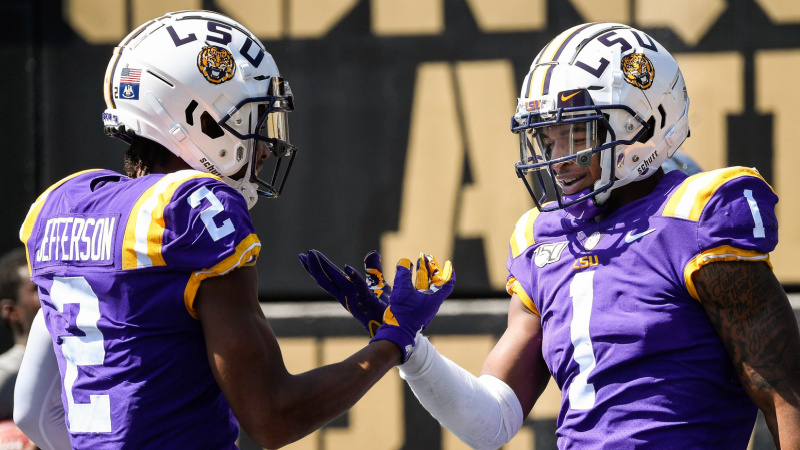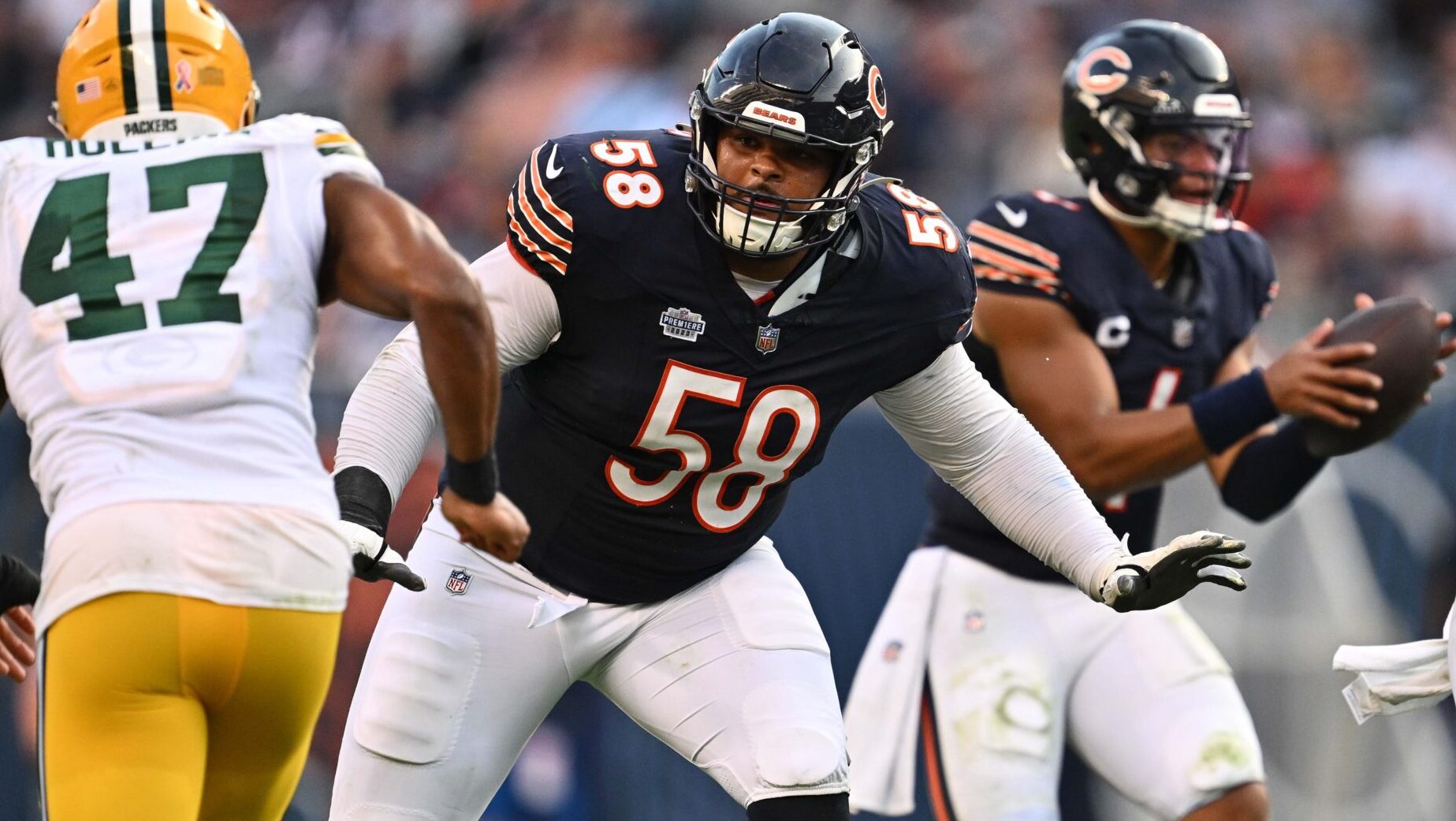Breakdowns
11/22/21
5 min read
What A Strong Generation of Receivers Means For Team Building

Over the last two years, there has been a surplus of skill players in the NFL Draft. The logic here is straightforward. Due to the proliferation of spread offenses in college football, Power Five teams are playing more 3+ WR sets. Thus far in 2021, Power Five teams have played 11 personnel on 60.3% of offensive plays, and at least 3 WRs on 71.3% of plays, compared to just 22.2% of offensive plays with 12 personnel.
In turn, there is a trickle up effect in that what plays in the NFL on Sunday is what plays in CFB on Saturday. The result is a plethora of top WR prospects entering the NFL Draft. In 2020, there were 13 WRs taken in the first two rounds, including 6 in the first round. In 2021, 10 WRs were selected in the first two rounds, with five going in the first round.
This trend doesn’t seem to be slowing down either, as the 2022 WR class looks to be similarly strong. It includes: Garrett Wilson (OSU), Treylon Burks (Arkansas), John Metchie III (Alabama), Jameson Williams (Alabama), Drake London (USC), Jahan Dotson (PSU), Chris Olave (OSU), David Bell (Purdue), George Pickens (Georgia).
The other contributing factor is how well rookie and second year WRs have played. Justin Jefferson, Ja’Marr Chase, Kadarius Toney, CeeDee Lamb, Jerry Jeudy, Rondale Moore, Michael Pittman Jr., Chase Claypool, DeVonta Smith, Elijah Moore, Tee Higgins, and Rashod Bateman all rank in the top 50 in yards per route run (min 100 snaps). If you expand this to look at the 2019 class, the list grows to include players such as Deebo Samuel, A.J. Brown, D.K. Metcalf, and Diontae Johnson.
Regardless of how you slice it, the conclusion is clear: There has never been more young receiving talent in the NFL.
The question, then, is how will this fact impact team-building strategies?
The argument in favor of selecting a WR in the first round is that it is a superstar driven position. An elite WR is worthy of a first round pick in terms of both cost and value. Plus, the NFL is a pass-first league in which good WRs elevate the most important position in all of sports: the QB.
The problem with this argument, however, is that many of the best WRs in the NFL were not selected in the first round. Out of the top 10 WRs in receiving yards this season, only three — Justin Jefferson, Ja’Marr Chase, and D.J. Moore — were first round picks. The top three WRs this season in yards — Cooper Kupp, Davante Adams, and Deebo Samuel — were all Day 2 selections.
In addition, there is evidence to suggest that WR is not a superstar driven position, as previously thought. Earlier this year, PFF found that the performance of a team’s 2nd and 3rd best receivers correlates more with Expected Points Added than that of a team’s best receiver. Instead of prioritizing receivers in the first round, the better strategy might be to consistently target them on Day 2 in an effort to accumulate depth. After all, depth is paramount for every spot, given that the NFL season is a war of attrition.
Another issue at play here is that the NFL is a copycat league. How recent picks turn out will affect how other teams act moving forward. In particular, the 2021 Draft will serve as an interesting case study in terms of draft strategy.
Atlanta could have selected either Mac Jones or Justin Fields, but they chose TE Kyle Pitts 4th overall. Though he has been productive and can line up at any position (147 snaps out wide, 202 in the slot, 132 inline), he is the 9th highest paid TE in terms of APY ($8.2M) as a rookie. On the other hand, Matt Ryan ranks 25th in yards per attempt (6.9), and 2021 could have been the Falcons' best opportunity to draft their next franchise QB.
With the very next pick, the Bengals selected Ja’Marr Chase over Offensive Tackles Penei Sewell and Rashawn Slater. Chase has been exceptional thus far and is tied for third in the NFL with 8 TDs. Yet, the Bengals have allowed 17 sacks (10th most). They already had a strong receiving corps with Tyler Boyd and Tee Higgins, but chose to make a strength stronger instead of addressing their weakness in protection. Chase is such a dynamic player that he may be an exception to the rule, but the Bengals will have to do a better job of protecting Joe Burrow to sustain success year-after-year.
Ultimately, from a strategic planning standpoint, teams should account for the surplus of receiving talent in the league. Will we see more WRs taken in the first rounds as teams look to copy others? Or will teams begin to fill other needs since they can find WR talent later?
The latter is the better way to fill out a roster, as quality players at EDGE, OT, and CB are scarce in later rounds. The risk is not ensuring that your QB will have ideal weapons in a pass-first league. It’s a classic case of cost-benefit analysis, and it will be fascinating to see how it plays out.







